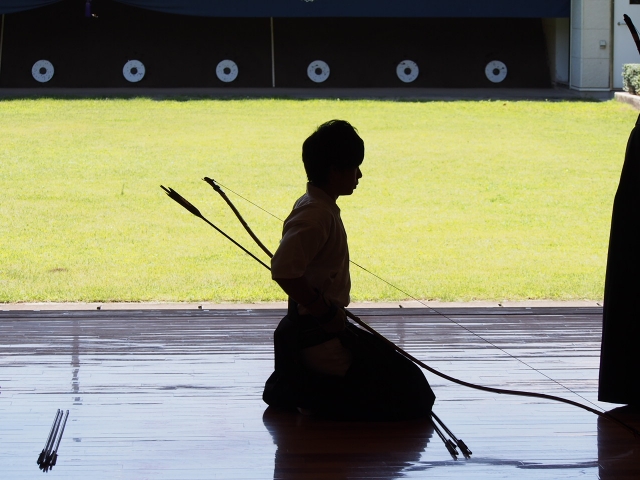To encounter kyūdō is to witness an act that reads like ritual, poetry and philosophy all at once. At first glance it is archery; at a little distance it becomes theatre; up close it is an education in presence. For the discerning traveller who seeks experiences that illuminate a culture as much as a place, kyūdō offers a rare synthesis of history, aesthetics and inward practice — a moment in Japan where form, silence and intent become one.
Ancestral Elegance: The Bow’s Long Shadow
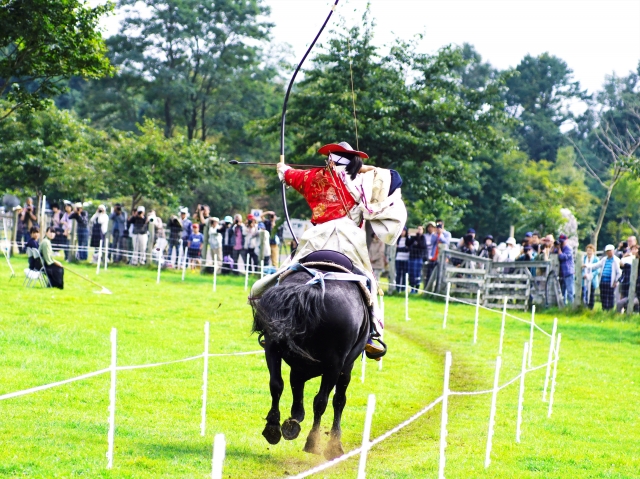
Kyūdō’s roots reach back to Japan’s earliest warrior traditions. The yumi — the long, elegant Japanese bow, often made from laminated bamboo — was once a battlefield instrument, a symbol of status and a test of skill for the samurai. As warfare changed and firearms diminished the bow’s practical role, the practice did not vanish; it transformed. Across the Tokugawa and later periods, martial technique evolved into dō — a “way” geared toward moral and aesthetic cultivation. What began as survival and combat gradually took on the quality of an art and a discipline, a transmission of values as much as techniques. That lineage — from battlefield to dojo, from weapon to way — endows kyūdō with a palpable historicity: when you watch it, you are watching a conversation with centuries.
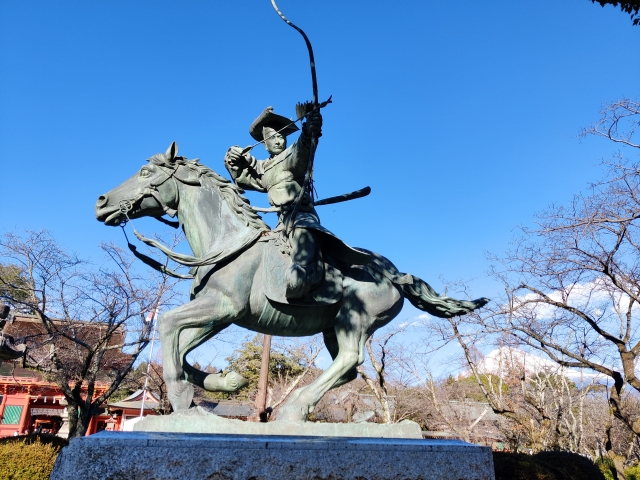
Ceremony in Motion: The Choreography of Shooting
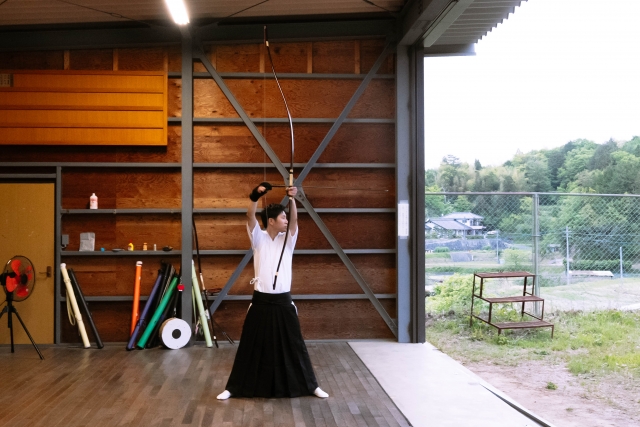
Kyūdō is distinguished by its ritualised sequence. The shooting is not a simple act but a choreography of deliberate steps — a measured procession of posture, breath and gesture. Practitioners move through a set of stages (traditionally known as hassetsu), each named and meaningful: taking stance, composing the body, readying the bow, lifting, drawing, the full extension, release, and the mindful aftermath known as zanshin — the lingering spirit. Clothing and accoutrements add to the theatre: the flowing lines of the hakama, the textured leather of the yugake (glove), the asymmetrical sweep of the yumi. The arc of the bow, the slow inhalation, the hum of focus — all of it reads like a carefully curated ritual, where every pause has purpose and every motion teaches restraint.
The Inner Art: What Kyūdō Seeks Beyond the Bullseye
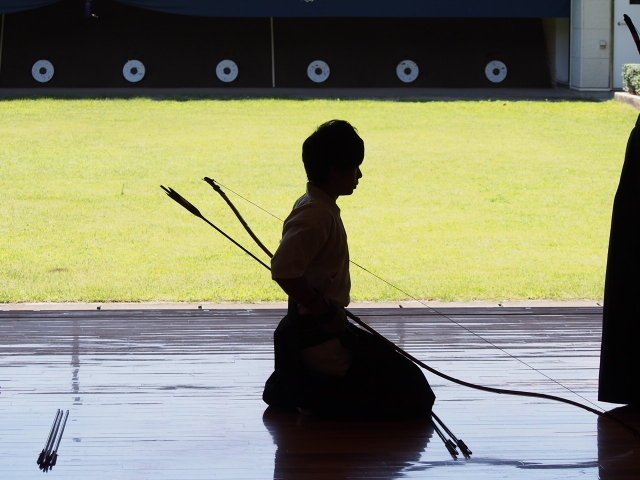
A central axiom of kyūdō is often translated as seisha seichū — “true shooting, true hitting.” It is not a paradox but a moral proposition: an arrow that finds the mark is valuable, but only if the shot arose from sincere, disciplined presence. Kyūdō trains the body to be an instrument of the mind and the mind to be steady, uncluttered and true. Practitioners speak of alignment of ki (energy or intent), tai (body), and shin (mind/spirit). The goal is not simply technical victory but the refinement of character — patience, humility, and an honesty in action. In this sense, kyūdō shares the same horizon as other Japanese arts suffixed with -dō (the tea ceremony, calligraphy, sword arts): an aesthetic and ethical schooling that proposes excellence as inward work, not public triumph.
Kinships and Contrasts: Kyūdō in a Global Frame
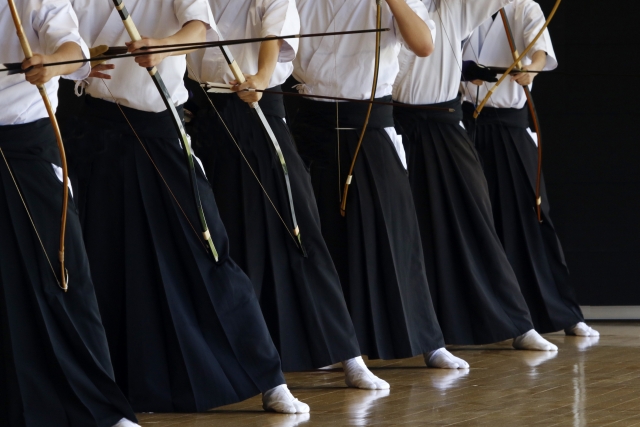
Viewed from abroad, kyūdō will inevitably invite comparison to Western archery or other historic bow traditions. There are affinities — the human fascination with tension and release, mastery of stance, the dialogue between maker and projectile. Yet kyūdō’s emphasis on ritual and spiritual cultivation distinguishes it. Western target archery and Olympic styles prioritise equipment, repeatable technique and quantifiable scores; kyūdō prioritises form, intention and the moral interior of the act. Compare it to the English longbow, the composite horse-archery of Central Asia, or the ceremonials of Korean or Chinese archery, and you will find contrasts in form, social role and aesthetic. The Japanese practice elevates the shot to a contemplative art: the arrow’s flight is a brushstroke on air, not only a point on a score-sheet.
The Aesthetics of Truth: What Practitioners Gain
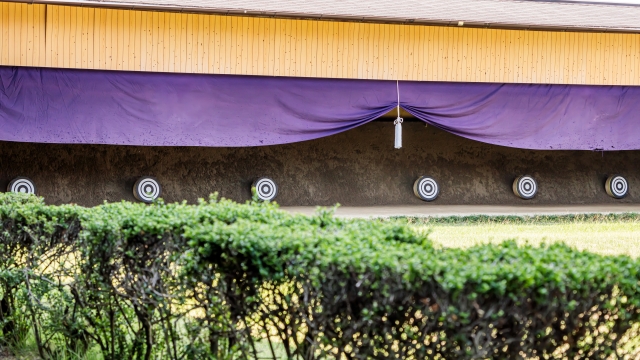
What does one ‘get’ from kyūdō? Beyond the obvious — grace, concentration, a distinctive physical discipline — kyūdō offers what many contemporary seekers name as clarity. It is an exercise in cutting through distraction to an act performed with integrity. The repeated, patient refinement required by kyūdō breeds humility: progress is incremental, and failure is an honest teacher. The practice cultivates a stillness from which a more truthful action can arise; it teaches a kind of ethical composure useful far beyond the dojo. For a visitor, this becomes a lens on wider Japanese aesthetics — an appreciation of subtlety, restraint, and the dignity of ritual.
Kyūdō Today: Living Tradition, Contemporary Meaning
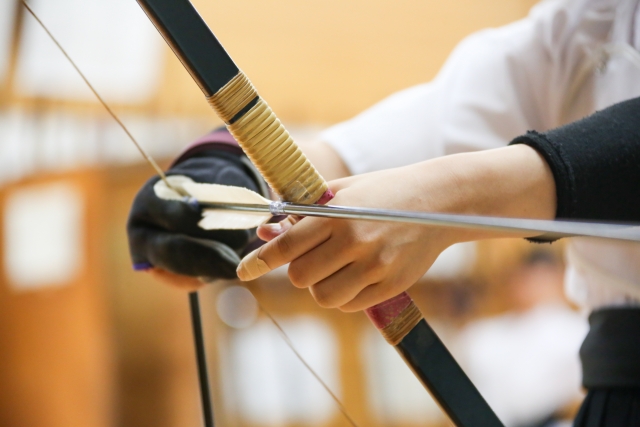
Kyūdō is not a museum piece. It is practised in modern dojos, schools and universities, by novices and masters alike. Its forms have been codified and systematised, yet the personal dimension remains central: different schools emphasise different values, and the same ritual can yield different inward lessons. Because it is both art and discipline, kyūdō maintains an elasticity — simultaneously conservative in form and profoundly personal in effect. To observe a round of shooting is to watch history breathe; to step into practice is to enter a long conversation about what mastery, presence and beauty might mean in a hurried world.
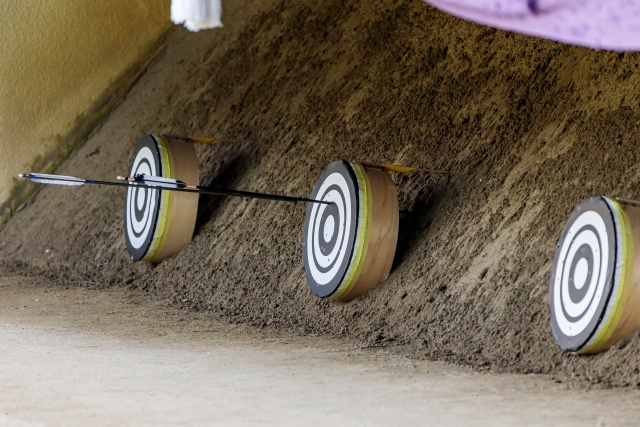
Kyūdō, then, rewards a particular kind of attention: the attentiveness of someone who wishes not only to see Japan, but to understand a strand of its soul. The bow’s arc, the silence that frames it, the ritual patience — these are not mere curiosities, but invitations: to slow, to study the mechanics of presence, and to return home with a quieter, deeper way of moving through the world.

